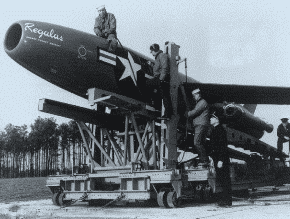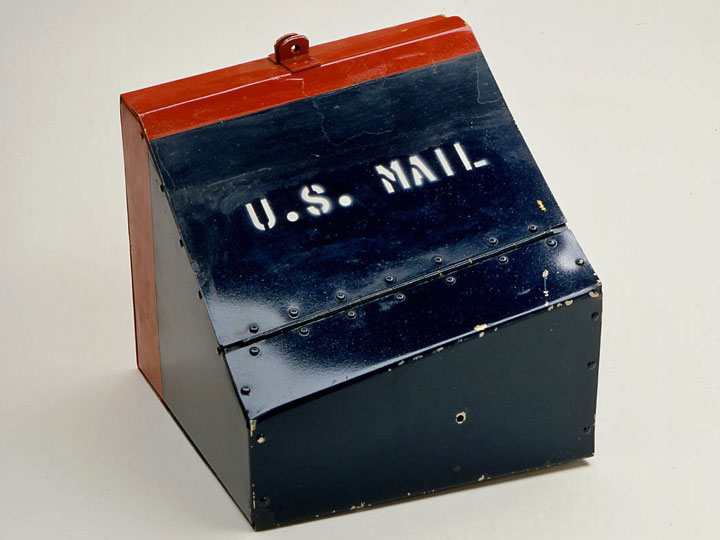Failure to Launch: When the U.S. Tried Missile Mail
Innovation is woven into the fabric of America. We’ve cured diseases, explored the depths of the ocean, and put astronauts on the moon. However, for every forward-thinking endeavor that changes the way we live, there’s a long list of false starts, unproven concepts, and outright failures. Among the bold new plans that landed in the dustbin of history is the idea of “missile mail.”
As in using missiles to deliver the mail. Really. Here’s the story.

The idea of “rocket mail” goes all the way back to 1810. The German writer Heinrich von Kleist wrote an article that year suggesting the use of artillery batteries for firing batches of mail from place to place. Later in the 1800s, the island of Tonga gave rocket-based delivery a shot but abandoned it because of the projectile dysfunction. The German physicist and engineer Hermann Oberth, who is considered a founder of rocketry on par with American genius Robert H. Goddard, wrote and lectured about the idea in the late 1920s, prompting the U.S. Ambassador to Germany, Jacob Gould Shurman, to address its possibilities in 1929.
Rocket engineer Gerhard Zucker tried to boost the idea forward in both his home country of Germany and the United Kingdom. In 1934, he attempted two mail delivery launches in Scotland. Unfortunately, both rockets exploded; most of their cargo, however, was recovered. Zucker’s story found its way onto the big screen in the 2004 film The Rocket Post.
Indian engineer Stephen Smith took the idea the furthest, experimenting with more than 270 launches (80 of which carried mail). Though rocket mail never became an everyday practice in his home country, Smith was nevertheless honored with a stamp in India in 1992.
In the United States, rocket mail experiments really took off in the 1930s, but the biggest single thrust happened in 1959 when the Post Office Department (today’s USPS) collaborated with the U.S. Navy on a concept called “missile mail.” On June 8, 1959, the U.S.S. Barbero, a Navy submarine that was 100 miles offshore, fired a Regulus cruise missile that had been modified to replace to warhead with postal containers. The payload was 3,000 “postal covers” (envelopes with the proper information and canceled postage) addressed to President Eisenhower. The missile was aimed at Naval Auxiliary Air Station at Naval Station Mayport in Florida, and it landed successfully.

With wild enthusiasm, General Arthur E. Summerfield, the U.S. Postmaster General at the time, declared that “before man reaches the moon, mail will be delivered within hours from New York to California, to Britain, to India or Australia by guided missiles. We stand on the threshold of rocket mail.” Unfortunately for Summerfield, two major factors worked against the concept: the first was that the Department of Defense saw the test more as a proof-of-concept than a demonstration of effectiveness, and the second was simply its sky-high price tag. In a world where air mail had become dependable for a relatively small cost, there would be no room for rocket mail.
Today, the idea of rocket or missile mail seems little more than a charming historical footnote, as if the residents of the 1950s pictured a future that didn’t quite work out. On the other hand, few probably envisioned the frequent satellite launches, commercial spaceflights, and various modes of electronic communication that make up our daily lives now. And with companies like Amazon continuing to tinker with new ideas like drone delivery, who’s to say that some previously unforeseen mail delivery system won’t be developed? There’s always room for new innovations, even if this one didn’t exactly achieve orbit.
Featured Image: Missile Mail cover launched from the U.S.S. Barbero. (Wikimedia Commons / USPS)